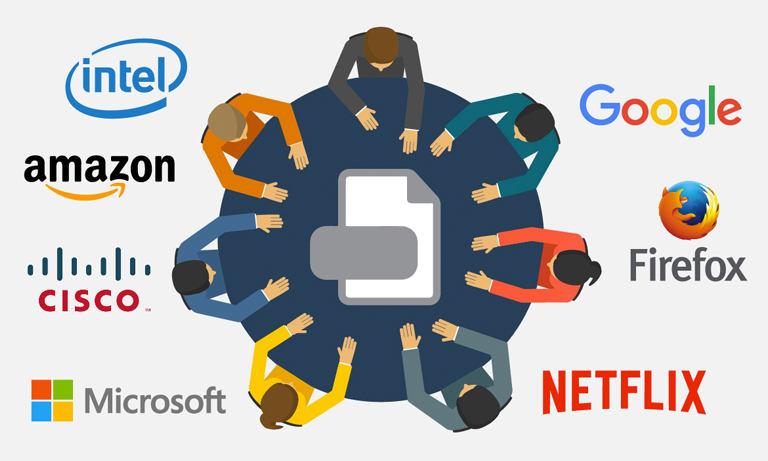In the whirlwind of the last few weeks, the world has turned to the digital side of things for solace. Working from home has only been possible through the use of technology such as video calls, data sharing, and the cloud. But how has the tech industry responded to help cope with COVID-19 and working from home? We’re here to tell you. Keep reading for the latest updates on how the tech industry has given back.
Local Technology Companies
With relatively smaller tech companies, such as ourselves, we’ve found people dedicated to giving back in this time of need. Although most small businesses across the world are taking a large hit due to this unprecedented and unexpected catastrophe, they have made it a priority to put their employees and local community above their own needs. Whether creating internal agendas donating to local COVID-19 relief groups or organizations such as the Vancouver Food Bank, smaller communities are dedicated to providing help as best they can. Here at Optimus we have been doing the same. While still working from home and putting the health and safety of the community that we live in first, we have raised money for the Food Banks of Canada, the donations of the employees matched by the company itself. So far we have been able to raise over $8500!
Interested in making your own contribution to the city of Vancouver in this time of need? Look no further, click here to view the ways that you can give back.
Tech Giants and their Massive Impact
The tech giants that are at the forefront of innovation right now have put a lot of their projects on hold like the rest of us to help in the times of the COVID-19 crisis. Not only monetarily, although that is a significant portion of their contributions, but also by cushioning the economy after this is all over through expanding the job space by tens of thousands. Amazon has created 10, 000 new jobs and other companies are following suit. Apple has donated 10 million masks to healthcare facilities and are still paying their hourly workers as they would have regularly. Amazon, Cisco, Google and more are all contributing as well. Google, a well known search platform as we all are aware, is creating a website specifically for COVID-19 education and awareness, and Cisco has committed $225 million towards awareness and reparation as well.
Responding to Demands
For those of us who have the luxury of working from home, it hasn’t been smooth sailing. Increased distractions, lack of space, and feelings of isolation are just a few of the barriers to overcome (for more information on how you can stay productive while working from home, click here). But what about the companies who are providing us with services that make our remote work possible? Our reliance on the cloud now is higher than ever. Suddenly, cloud computing resources are at the forefront of essential infrastructure, allowing the government and health organizations to spread important information, allowing coworkers to stay connected, and keeping people in touch with their loved ones. What toll is this taking on the cloud giants? COVID-19 is “stress-testing” cloud service providers, pushing infrastructure to its limits. As well as this, the crisis has exposed the flaws and areas of improvement needed in infrastructure, testing how far companies can stretch before they break. Microsoft has reported a 775% spike in cloud services demand due to COVID-19, and other providers are stating similar stories. It’s clear that some of these cloud giants will have to come up with new business strategies to keep up with what the world needs right now: connection.
Expansion and Creation of Apps
With this pandemic as well as tensions on the rise, many people are turning to technology as a form of entertainment while they stay indoors. Because of this, we’re seeing a boom in the creation and expansion of entertaining apps whether that be video games or extensions/plug-ins for your devices that allow you to connect with people regardless of their location. A few noteworthy examples that we would include in this list are Netflix Party (a Google Chrome extension that allows multiple users to watch the same movie in real time), and House Party (an application that allows users to join and exit different conversations with friends over video in real time, almost like they’re entering and exiting rooms in a house). Aside from the entertainment sector, we’re also seeing a spike in the availability of online courses as well as programs. Many tech companies are offering free or reduced rates for their services. Microsoft is a leading example of this as they are offering Microsoft Teams, an application that allows coworkers to collaborate through audio and video calls, for free.
This is a scary time. We’re not going to dissuade you of that fact. But in the face of uncertainty, we encourage you to look at the tech giants, and take advantage of the resources that so many companies are providing, while giving back to your own clients as well. We hope that you and your families are staying safe and healthy, not to mention connected through some of the aforementioned services.

